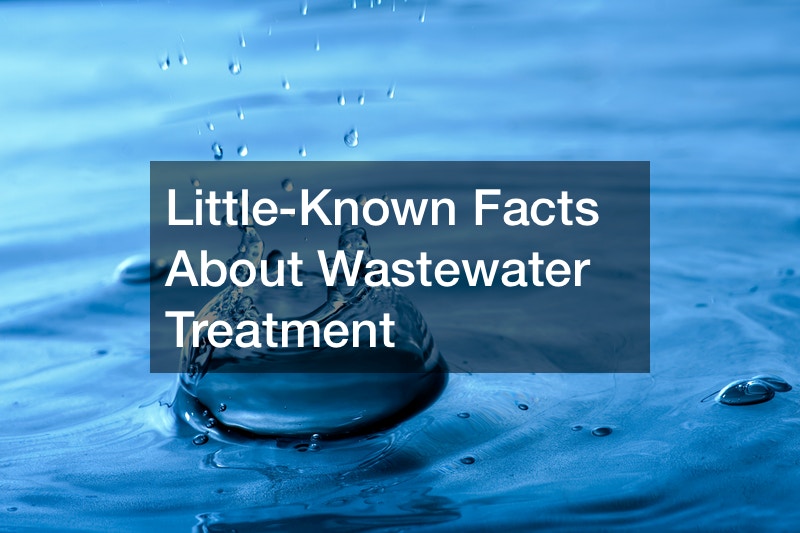
Many home dwellers do not pay much attention to the water pumped into homes. Much of the clean water previously started as wastewater, and only wastewater treatment made the water fit for use. The underlying steps in wastewater treatment are examined in the YouTube video “How Do Wastewater Treatment Plants Work.
”
In big cities in America, large sewage flow rates lead to a massive accumulation of wastewater at treatment plants. This wastewater is passed against large bar screens that screen solid materials such as toilet wipes or plastic items away from the wastewater. The wastewater is then passed to the grit chamber, where the slow speed ensures that smaller waste particles fall out, making the wastewater that is being treated even more homogenous.
Clarifiers purify the wastewater sample further using flow velocity to eliminate solid contaminants that are 10 micrometers and below. The wastewater is now pumped into the aeration basin, where return activated sludge eliminates organic matter. After further passage through a secondary clarifier, the effluent will have lost about 85% of its organic matter, making it safe for general use. The final step is the disinfection process which utilizes chlorine, ozone, or UV light to purify the water further. Each of these disinfection methods has its disadvantages. After disinfection, the water is pumped back for general use in homes.
.




